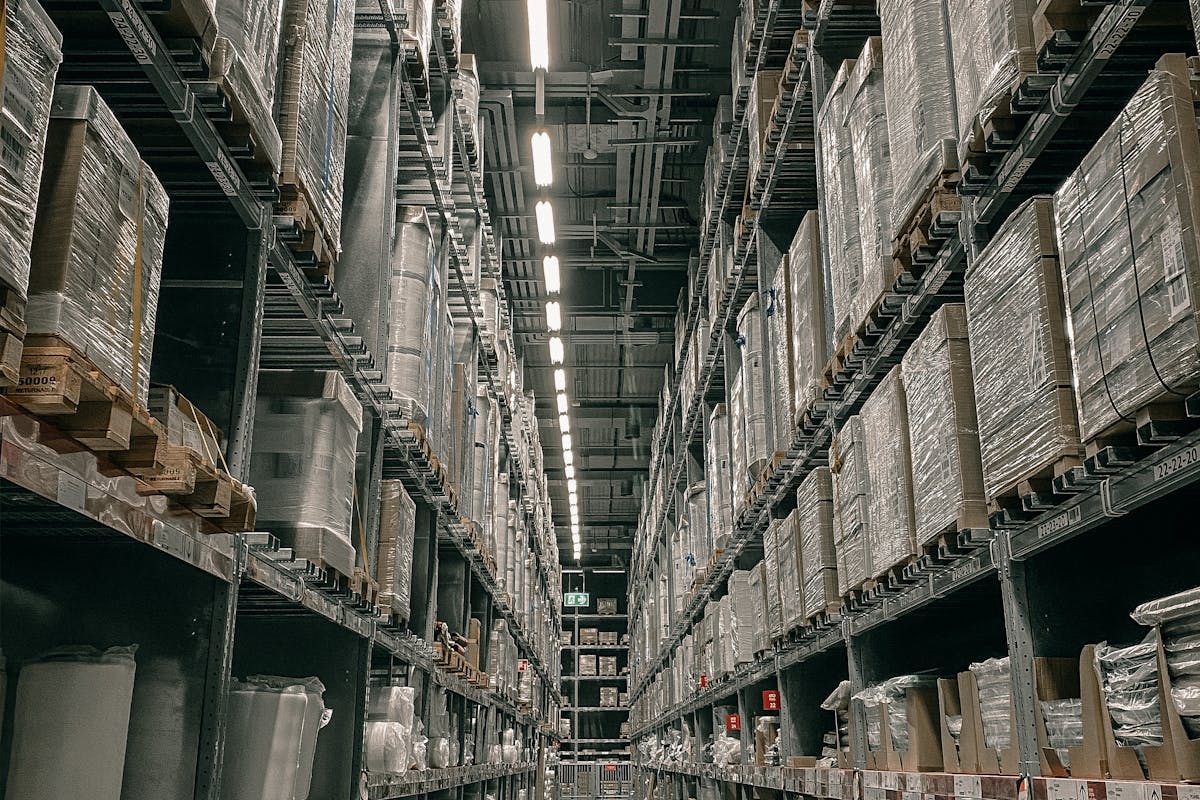Construction sites can be bustling hubs of activity, but they also pose numerous hazards to workers. From falls and electrical mishaps to trench collapses and chemical exposures, the risks are varied and significant. However, with the right knowledge and precautions, workers can greatly reduce the likelihood of accidents and injuries. It’s crucial for every worker to understand the importance of safety, not only for personal well-being but also for the well-being of their colleagues. Before stepping onto a construction site, it’s essential to be aware of the common safety hazards present and familiarize oneself with basic safety protocols.
This includes obtaining the necessary training and certifications, such as the white CSCS card, which signifies competency in health and safety practices specific to the construction industry.
Understanding Basic Safety Hazards:
Before stepping onto a construction site, it’s crucial to be aware of the common safety hazards present. These include falls, heavy equipment accidents, exposure to chemicals, and electrical hazards. Statistics show that construction workers face a higher risk of injury or death due to these dangers.
General Safety Rules:
Safety is everyone’s responsibility on a construction site. Workers must adhere to all safe work practices and OSHA regulations, promptly report any hazards or injuries, and keep work areas clean to prevent tripping hazards. Additionally, precautions should be taken to prevent heat-related illnesses, especially when working in hot temperatures.
Personal Protective Equipment (PPE):
Wearing the appropriate PPE is essential for protecting against workplace injuries. This includes hard hats, safety glasses, gloves, high-visibility clothing, and hearing protection. Workers should also use respirators when necessary, ensuring that all PPE is well-maintained and replaced if damaged or lost.
Fall Protection:
Falls are one of the leading causes of serious injuries in construction. To prevent falls, workers must inspect the work area for hazards and ensure that fall protection systems are in place for any elevated work six feet or higher. This can include guardrails, safety nets, hole covers, or personal fall arrest systems.
Ladder Safety:
Ladders can pose significant hazards if not used correctly. Workers should select the right ladder for the job, set it up properly on stable ground, and never lean a ladder unless designed for that purpose. Climbing techniques, such as maintaining three points of contact and avoiding overreaching, are also crucial for ladder safety.
Scaffold Safety:
Working on scaffolds requires proper training and understanding of potential hazards. Workers should never use makeshift scaffolds or work from unstable surfaces. Scaffold erection, use, and dismantling should be supervised by a competent person, with additional fall protection measures in place for scaffolds over 10 feet high.
Electrical Safety:
Electrical hazards can lead to severe injuries or death if not handled properly. Workers must follow basic safety rules, such as avoiding working on energized circuits and maintaining a safe distance from overhead power lines. Inspecting tools and equipment before use and using ground fault circuit interrupters (GFCIs) for temporary power sources are also essential.
Back Safety and Proper Lifting:
Preventing back injuries starts with using proper lifting techniques. Workers should avoid lifting heavy loads alone and instead seek assistance when needed. Bending at the knees, lifting with the legs, and maintaining a neutral spine position can help reduce the risk of back strain.
Trenching and Excavation Safety:
Working in trenches and excavations poses cave-in risks, making proper safety measures crucial. Calling 8-1-1 to locate buried utilities, using protective systems like sloping or benching, and daily inspections of trenches are essential steps for preventing accidents.
Equipment and Tool Safety:
Tools and equipment are common hazards on construction sites, requiring proper training and inspection before use. Workers should ensure that all equipment is in good condition, including guards, and wear appropriate PPE. Additionally, they should avoid working near moving vehicles or mobile equipment to prevent accidents.
Chemical Safety:
Construction materials and chemicals can pose various hazards, necessitating careful handling and storage. Workers should familiarize themselves with the dangers of hazardous materials, follow manufacturer instructions, and always wear the recommended PPE. Understanding chemical safety is crucial for preventing injuries and exposures.
Proper Use and Maintenance of Personal Protective Equipment (PPE):
Proper use and maintenance of personal protective equipment (PPE) are crucial for ensuring the safety of workers on construction sites. Here are some guidelines to follow:
1. Selection: Choose PPE appropriate for the specific hazards present on the job site. This may include hard hats, safety glasses, gloves, earplugs, respirators, and high-visibility clothing.
2. Training: Provide thorough training to workers on the proper use, fitting, and maintenance of PPE. Ensure they understand when and how to use each type of equipment effectively.
3. Fit: PPE should fit each worker properly to ensure maximum protection. Ill-fitting equipment may not provide adequate protection and can be uncomfortable to wear, leading to non-compliance.
4. Maintenance: Regularly inspect and maintain PPE to ensure it remains in good condition. Replace any damaged or worn-out equipment promptly. Cleaning and storing PPE correctly also prolong their lifespan and effectiveness.
5. Replacement: Replace PPE according to the manufacturer’s recommendations or when they show signs of wear and tear. Using worn-out equipment can compromise safety.
By following these essential safety tips, construction workers can protect themselves and their colleagues from accidents and injuries on the job site. Remember, safety is everyone’s responsibility, and prioritizing it ensures a safer and more productive work environment.
.






